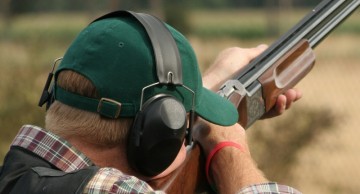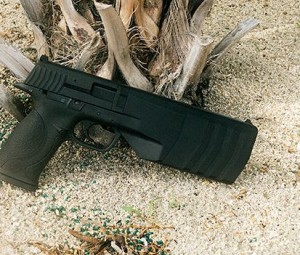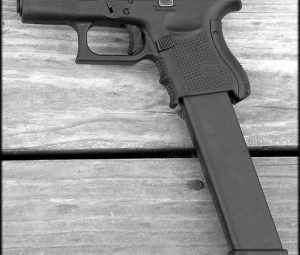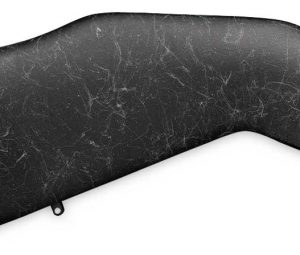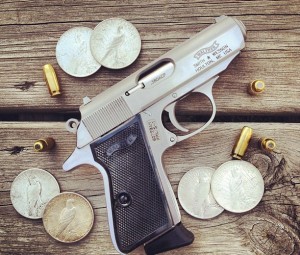Rise in Females in Infantry and Armor Units Show Army’s Shifting Focus
U.S. Army's changes to gender restrictions start to show results

The Army Times announced in April that Capt. Kristen Griest, one of the first women to earn the coveted Ranger tab, will once again make history by becoming the Army’s first female infantry officer.
Military.com reported that “Capt. Kristen Griest, a 26-year-old military police officer from Connecticut, and 1st Lt. Shaye Haver, a 26-year-old AH-64 Apache helicopter pilot from Arizona, became the first two women in history to graduate Ranger School last April.
In keeping up with the ever-changing face of the military, the Army now offers female infantry training programs that are hitting fever pitch.
More opportunities open to women in the Army
Large changes to the Maneuver Captain’s Career Course in Fort Benning, Georgia were also part of the announcement. In early April, the program had approved requests from 22 female cadets to enter as second lieutenants in the infantry and armor branches. 13 of the new officers will enter into the armor branch and other 9 will go infantry. Newly commissioned officers must successfully complete branch-specific training in order to qualify as infantry and armor officers.
According to the article, the Army has opened an 8-week application window for female lieutenants who want to branch-transfer into infantry and armor. Previously closed branches and specialties are now gender-neutral. The Rangers School is also open to all qualified military members regardless of gender.
This major campaign designed to open all branches of specialties to women was unveiled by Defense Secretary Ash Carter last December.
What does the future look like for women in the military?
Plans for integrating women into previously closed opportunities in the Army was examined back in 2013. A 2013 announcement by the U.S. Army explored the aggressive approach of involving women in all forms of military roles across the force. At the time it noted that some combat units at battalion level and below were still closed to women. The Army had announced its intent “to open those closed units.”
The Army will recruit women from the graduating class of 2016 this summer who trained at West Point, ROTC, and Officer Candidate School. At least three enlisted women have signed up to become infantry soldiers. Their training isn’t expected to kick off until next year.
The Army has signaled its approach to integrate women in various levels of service. Opening previously closed units and expanding the resulting 220,000 jobs across the military has broadened opportunities for women to serve in what was previously an all-male infantry, armor, and Special Forces fields.
The Army alone has opened 95,000 positions and 9 occupations to women that include combat engineer and cannon crewmember. Those positions opened within the last three years, and numerous more are in the works.
New advances in protective gear allow for adaptations for women in combat.
Wired.com reported on changes to items like protective vests to better fit the differences in women’s physical stature.
“The Army started issuing a female version of the Improved Outer Tactical Vest in Afghanistan in 2012. The vest is darted, to fit a woman’s torso more snugly. It’s also shorter, so women can sit without having the thing ride up into their chins. It even has a collar designed so it won’t snag on a hair bun. Similarly, the Marine Corps’ Plate Carrier (a vest that holds armor plates) is shorter, with narrower straps.”
These changes demonstrate the changing face of the military. They also show that all soldiers, both men and women, have more than enough courage to take on any challenge.




